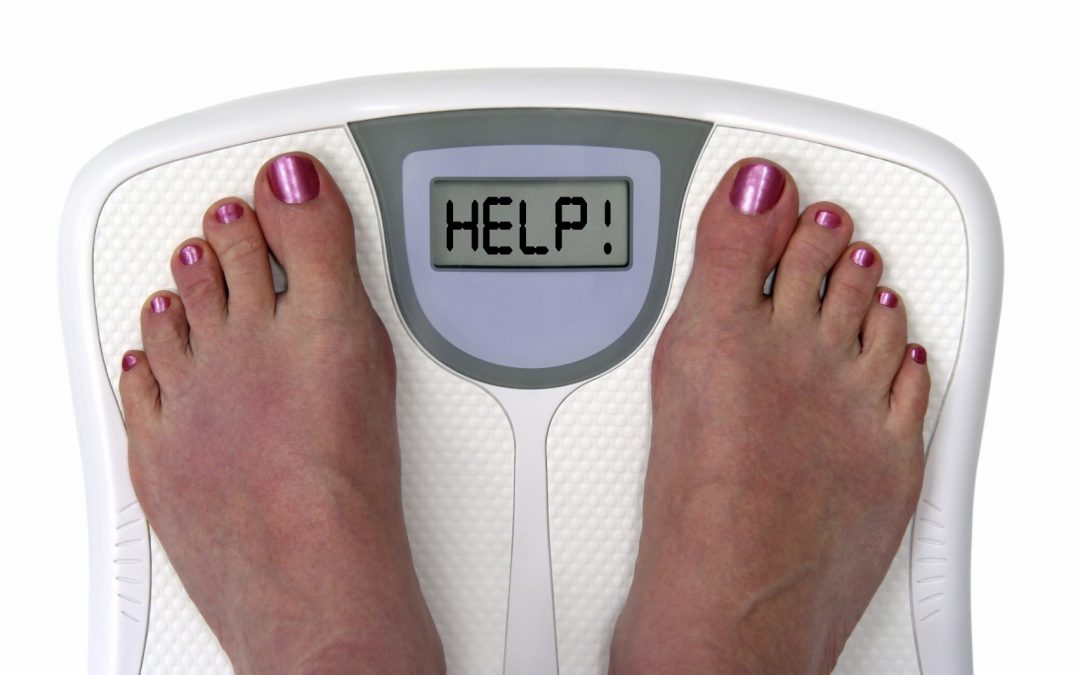I would love to be able to dial back the clock… a good one hundred years or so. I’d like to take all the messages about fat and cholesterol that have been drilled into our heads over this time-frame and simply remove them. Messages like ‘Fat will make you fat’ and ‘A diet high in saturated fat will increase your cholesterol and give you a heart attack’ and ‘A low fat diet is the best approach for health and weight loss’. With these messages, more and more people are obese or overweight and suffering from an array of metabolic and lifestyle diseases. Something is not right! We have been instructed to eat less, restrict our calories and exercise more, but it’s not working! In order for us to regain health and reduce weight we need to start thinking and acting differently.
You may have heard that the definition of insanity is “Doing the same thing over and over again and expecting different results”. Well if you’d like to draw a line in the sand and make some profoundly positive changes to your weight and health, then keep reading.
In the world of nutrition, one of my most favourite quotes has to be the following, “Fat doesn’t make you fat, just like green veggies don’t turn you green” Dr Andreas Eenfeldt. Dr Eenfeldt has gone on to be instrumental in having the Swedish dietary guidelines changed to reflect a lower carbohydrate, higher fat approach leading the charge for this in other western countries.
If fat is NOT to blame, well then what is?
And the answer…? INSULIN
Now before you run away, overwhelmed and confused by a scientific word let me assure you that I’m going to make this simple and easy for you to understand so that you can go away and make changes to your diet that will give you the results you’ve been so desperately trying to achieve for years and years (and you’ll now be able to hold onto these results for years to come).
Insulin is a hormone in our body. If we want to class insulin as a particular type of hormone, we could say it is a FAT STORAGE HORMONE. Yip, that’s right. When we have increased levels of insulin floating around in our blood we become excellent at holding onto and building our fat stores. If you’re wanting to lose weight, this is obviously not something that you want happening. So let’s take a closer look at what causes an increase in insulin levels in the blood.
There are many things that influence insulin including stress, sleep patterns, exercise and of course diet to name but a few. However the most important influencer of insulin is, hands down… CARBOHYDRATE.
When we eat food that contains carbohydrate – and by that I mean anything from a piece of bread, to a bowl of rice, a can of coke, a banana or even a bowl of french fries – the carbohydrate is broken down to its most simple form which is glucose. It doesn’t matter how that carbohydrate began; once it is broken down by our digestive system and absorbed into our blood, it is always going to be glucose (there is one exception but to keep things simple we’ll avoid the exceptions for now). Now as soon as glucose arrives in our blood stream, our bodies shout ‘get it out’. Basically we do not like anything more than a few teaspoons worth of glucose in our blood at any one time. So as soon as the glucose arrives in the blood, our bodies get to work trying to get the glucose from our blood into our muscle and liver cells. And this is when insulin comes into the picture. Think of insulin like a key. It comes along and unlocks the door and allows glucose to flow from our bloodstream into our cells. Insulin levels will remain high and continue to do its job until such time as our glucose levels have returned back to acceptable basal levels and then it will be reabsorbed and levels in the blood will drop. Once glucose is inside our cells it can be used for fuel. If it is not required straight away, it will be stored. Once our glucose/carbohydrate stores are full (and this happens pretty quickly, especially if you are not particularly active) any extra glucose will be converted to and stored as FAT.
The more carbohydrate we eat, the more glucose will arrive in our blood and the more insulin is required. In addition the more carbohydrate we eat, the longer the insulin hangs around attempting to do its job.
In some people this mechanism works a charm. The key (insulin) slots into the lock (receptor) seamlessly and the door (channel) opens up quickly and easily and glucose flows from the blood into the cell. This allows insulin to return to basal levels quickly and effectively. In other people, the ‘lock’ is a little rusty and gets jammed and the doors don’t open up as quickly. Our bodies don’t recognise that insulin is not working. All that we recognise is the fact that glucose levels are still high in the blood. In response we then release more insulin and this continues to occur until glucose levels return to an acceptable level. In some people the lock is so rusty and the key simply does not work at all! In these individuals, blood glucose levels get higher and higher and insulin levels get higher and higher. This is a disastrous situation!
What does all of this mean?
When you eat a meal high in carbohydrate, insulin levels will rise in the blood. In some people (people where the lock and key mechanism described above works really well), glucose and insulin levels will return to normal basal levels quickly and effectively. This is ideal and these people are usually the ones who are lean and healthy. However in other people, glucose and insulin levels stay elevated for an extensive period of time. Over time, with carbohydrate levels remaining high in the diet, it may get to a point where insulin and glucose levels NEVER return back to normal basal levels and this is where things really start to spiral out of control. These are the people who are usually struggling with their weight and are more likely to develop a lifestyle disease or already suffering from one.
With insulin levels above normal basal levels we are pushed into fat storage mode ALL THE TIME i.e. 24 hours a day. This means that we are unable to access and use fat. In this state, we are totally dependent on carbohydrates/glucose as a fuel. The problem is once we get ourselves into this situation it is really difficult to break free from it. In addition to the physical consequences of gaining fat/weight and worsening the condition of insulin resistance (the lock-and-key mechanism not working), increased insulin levels will also stimulate our hunger and appetite, again making the situation even worse. We now know that every single lifestyle related disease, and that includes things like obesity, diabetes, heart disease, certain cancers, high blood pressure, a number of autoimmune diseases and the list goes on, all have one thing in common and that is raised insulin levels!
Is the average Australian eating too much carbohydrate?
Hell yeah!! Take a look at the meal plan below, typical of the average Australian.
Example Meal Plan
- 7am Breakfast: Porridge (oats) with a drizzle of honey, ½ banana and skinny milk
- 10am Morning tea: Skinny latte and an apple
- 1pm Lunch: Chicken and salad wrap
- 3:30pm Afternoon tea: Low fat vanilla yoghurt
- 7pm Dinner: Stir fried beef and veggies served with rice
- 9:30pm Supper: Tea and 2 x shortbread biscuits
This may look like a healthy eating plan to you but I can assure you that it certainly is NOT. Every meal and snack in the plan contains carbohydrate and therefore insulin is being stimulated SIX times during the day. When eating this amount of carbohydrate at each meal and snack, blood insulin levels in the average person will remain elevated for approximately 2-4 hours (and longer, possibly even much longer if your lock-and-key mechanism is not working very well) after each meal. In essence, your insulin levels will remain raised ALL DAY LONG, potentially only coming down to allow for fat burning in the early hours of the morning before you wake-up, eat breakfast and start the cycle of fat storage all over again!
The total amount of carbohydrate provided by the meal plan listed above is approximately 235g. The average Australian consumes 250g of carbohydrate per day and so this plan is a pretty good reflection of what most people are eating. More importantly we need to recognise that on the whole, it is a diet just like this that is making us as a nation fatter and sicker. This all relates back to continuous stimulation of insulin.
What can we do?
It may appear obvious here that my answer is going to be to reduce carbohydrate, and yes that is correct. However the best advice I can give to anyone wanting to lose weight and improve their health is to ‘Just Eat Real Food’ and by that I mean whole unprocessed food – food that is available to us in nature.
For example…
- fresh vegetables (particularly veggies that grow above ground like leafy greens)
- good quality protein (like pasture-raised meats, eggs, fish)
- naturally occurring fats (olive oil, coconut oil, animal fats, nuts and seeds)
- small amounts of seasonal fruit
- unprocessed dairy (if you can tolerate it)
When we eat like this our diet naturally becomes lower in carbohydrate and higher in fat and protein. This in turn results in less insulin being released and required, and ultimately move us in the right direction in terms of optimising health and weight.
For a personalized and customized plan, Vicky is available for individual consultations. Or look out for our next Low Carb Challenge.

